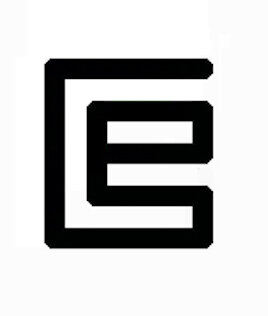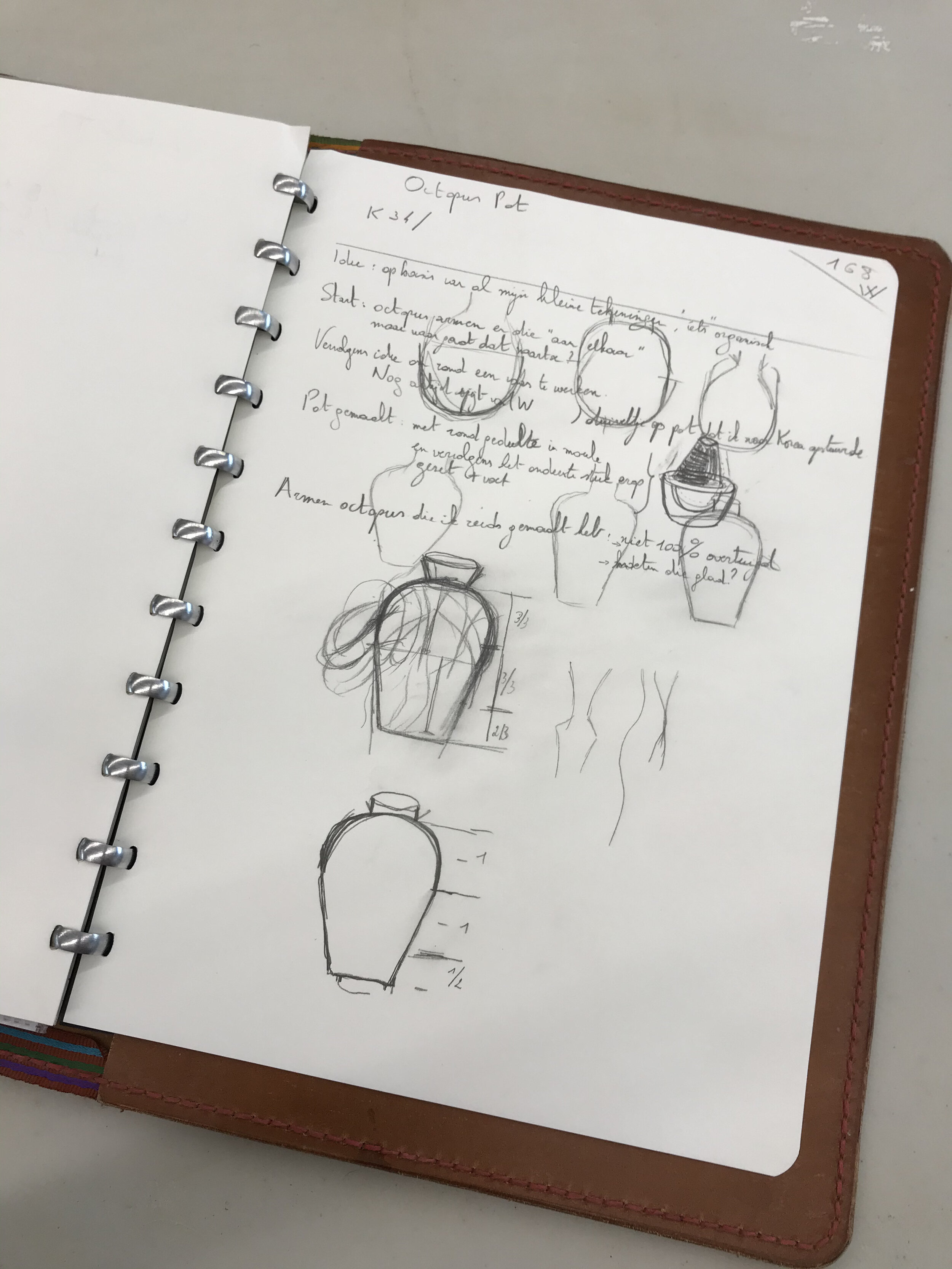Logbook
Logbooks are not only for sailors.
From day one, I have kept a logbook of my work.
It was actually my dad, who worked in a lab and did experiments his whole life, who advised me to do that. Also, remembering my father and brother being adamant that the logbook of our sailing boat would be kept up to par, I was familiar with the concept and could see its value.
I call them “Studio Catalogues”.
It all starts with number 1 (I am today at number 165) and a name for each piece. The name, the “studio name “, is very basic, practical. Such as “Devil with wings” or “Garden Pot Sebastian” (name of person who commissions the piece). This can change into a “gallery name” which might be different when the piece goes to an exhibit, gallery or gets sold. I tend to forget to record the date I commence a new piece. But since all kiln firings are recorded separately, I always have the finishing date and can often work my way back to estimate when it was started. Spring 2021, is valid to me.
Next, I worked out a whole code system for each clay, all possible decoration methods (with the exact reference to pigment colors, glaze names and numbers, …) and temperature of bisque fire and final firing, or whatever firing is happening.
That gets filled in, on the go. All this coded information, takes up about 5 lines.
Next starts the narrative. Where did the idea came from and what do I hope to achieve? How it is made, thrown, hand built, coils, slabs … At what stages I encountered problems, dilemmas, changed essentials such as size, …
Why I chose this decoration method or why not…? If the glazing/coloring is new or un familiar I might put that down too. And finally, also how it turned out. Did the piece stay upright or not? Did the glaze deliver? How does shrinkage affect the result? But also, how do I feel about the end result ?
I might add some drawings as I am working out a shape or try out different color combinations. Anything goes.
This is “in the rough”, “as it happens”. It is handwritten in pencil (never bleeds and can be erased).
A record of materials and tools, facts, reflections, ideas, impressions, moods while making the piece. You could also call it a studio diary. But because of its main reason of existence, the technical information, it is a logbook.
Pictures are of course very valuable but, unfortunately, I do tend to forget to make them while working, but I am getting better! Interesting is also that even a work that fails, still “exists”. It keeps its original number and name. And the narrative goes as far as the piece went. It is recorded as “broken” or “could not get the face right” or “ruined in kiln”, including a picture to state the obvious. And even that turns out to be useful information.
All the above go into a self-publishing app and that is a lot of work! Unfortunately, the standard templates these apps offer for, let’s say, kitchen recipes don’t work for me. So, I had to make it myself, but “copy paste” is a great feature on any computer!
I stick to left page= illustration, right page = written information. 1 page only. It is tedious. I have to copy, re-write/type the logbook page, get all the info right, even condense my story to fit the page and fill in some gaps by beating my memory. It also means all my studio pictures are organized and are easy to find to illustrate the opposite page. And that by itself, is a huge job that should be done even before starting this “printing stage”. Also, in the front of the book I have a page index with stamps size pictures of all the works for a quick reference.
I can honestly say I am well organized, but I can’t do 10 pages “for publishing” in one day. That is how tedious it is…
So, when all the hard work is done, I just press “sent to printer” and for a few euro’s I then get, a week later, a nicely printed hard cover book. I only need one piece. The benefit of this unique piece is that, when I make corrections or additions, if later, I ever want to do a reprint, I know where to find all the changes. If I had multi copies lying around, it would be too big a job.
The benefits of my “Studio Catalogue” my dear friends, is great!
First there is the practical benefit of being able of look up how something was made, decorated, fired. I can refer to my logbook as a practical manual of my studio with my materials and my tools. A collection of practical information.
No need to explain how useful that is.
Secondly, more fun and moral value lays in the narrative, that takes me back to my working table, the atmosphere in the studio. I do sometimes mention what great piece of music I was hearing on the radio. A stroll down “memory lane”.
That is the diary side of it.
And finally, the extra bonus, is that I can “see” with hindsight how a work was “born” and how it evolved into “being”.
Or, how after a failure, I picked myself up and made the next piece.
And so here I would call it my travel journal as a ceramist.
I could see the value of a logbook when I started.
I am experiencing the value of my Studio Catalogue, each time I reach for it.





